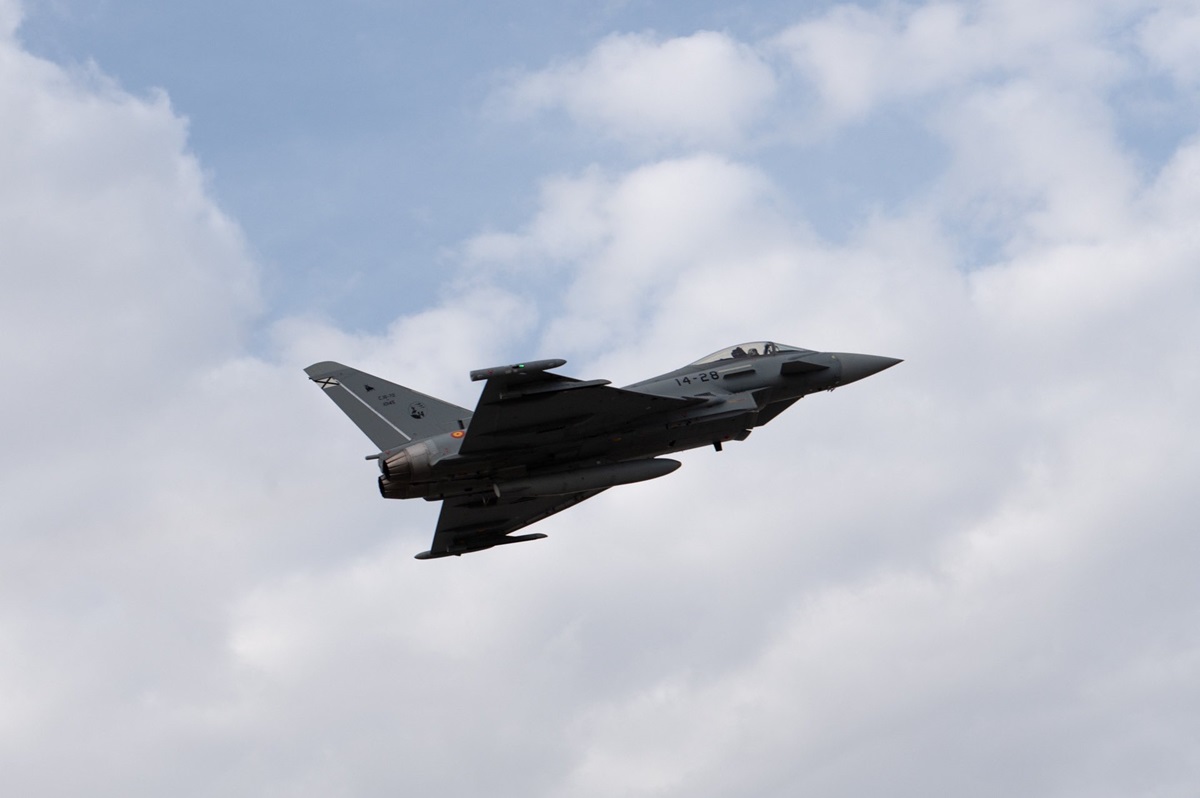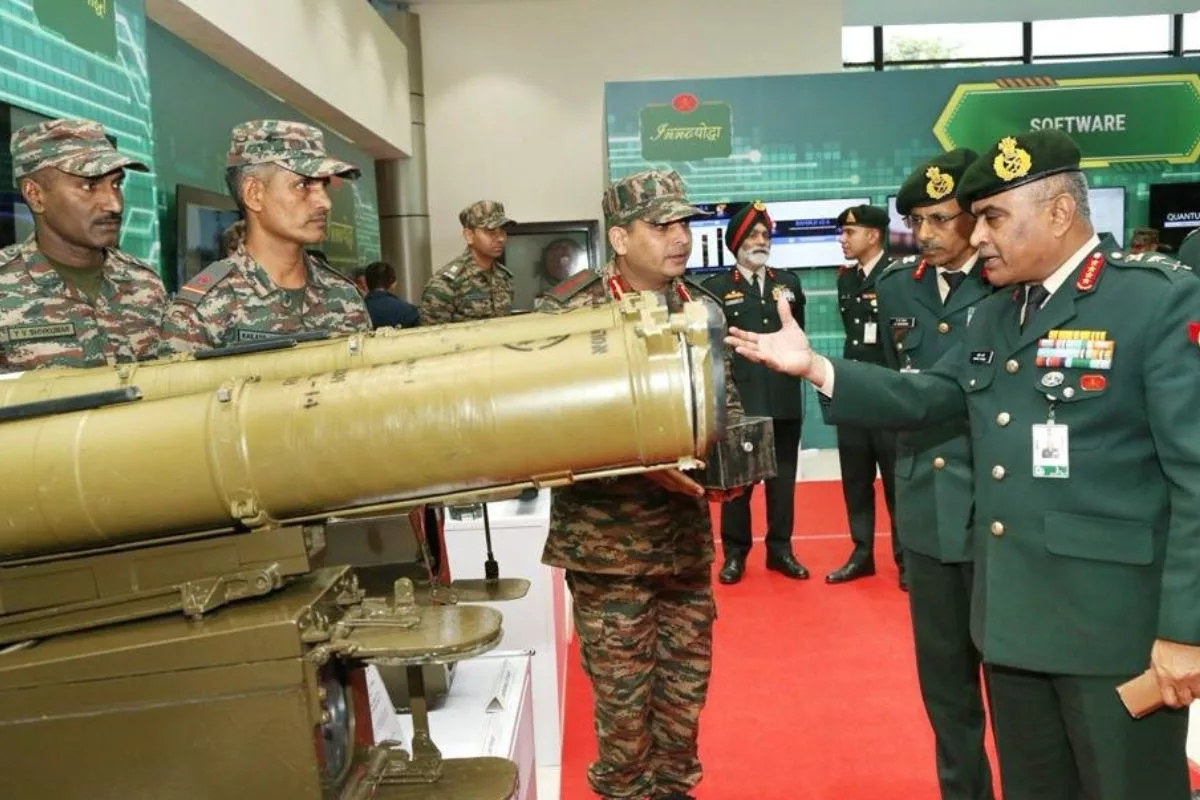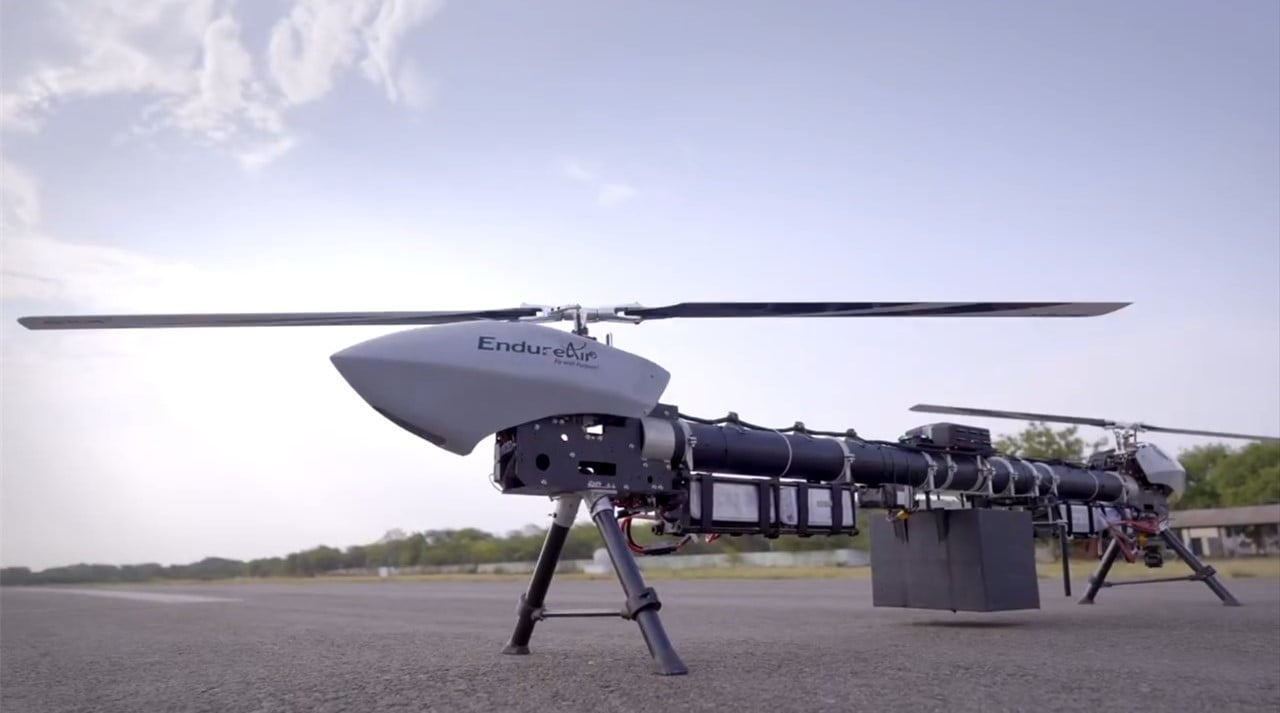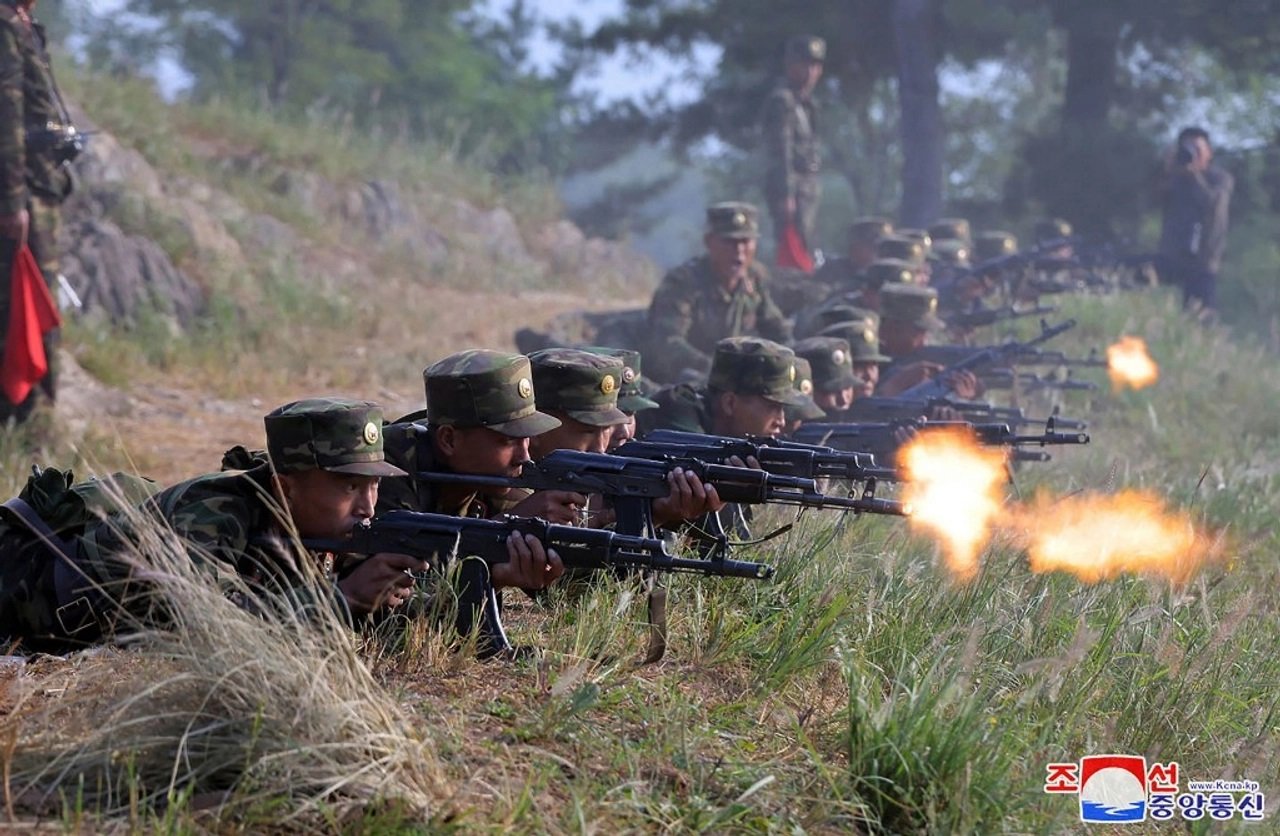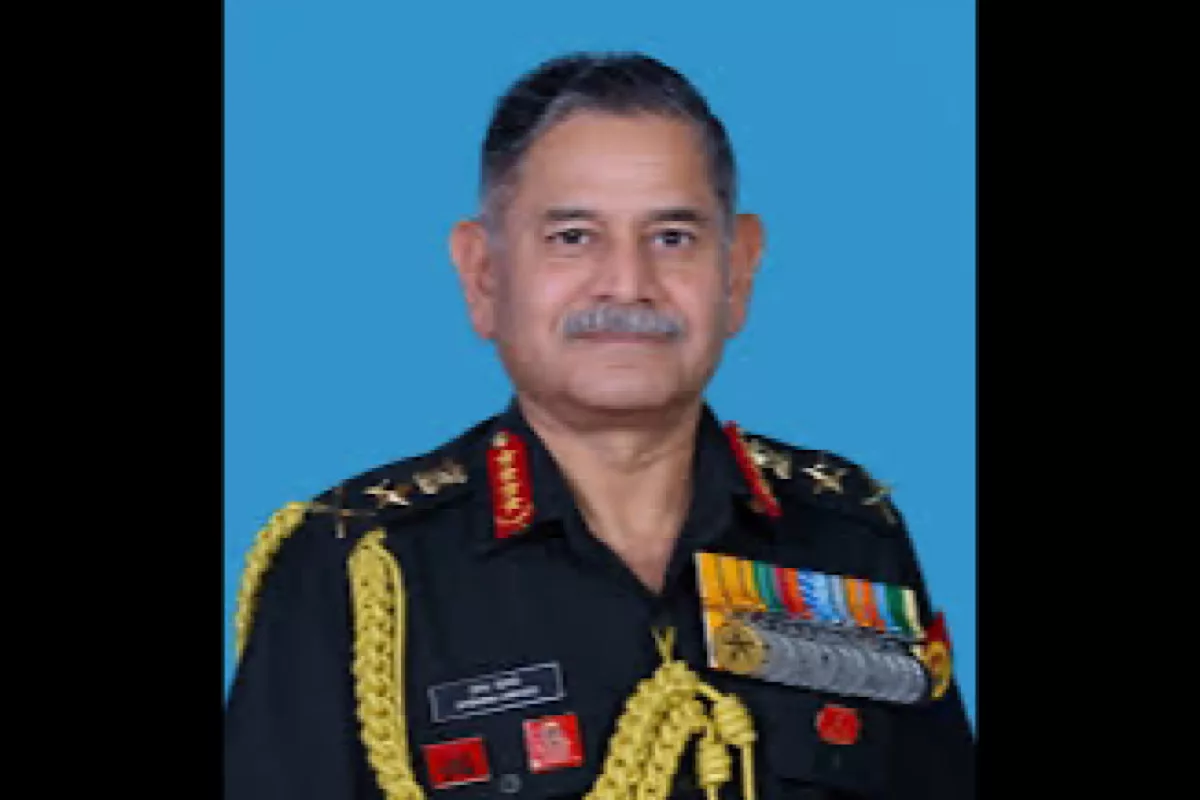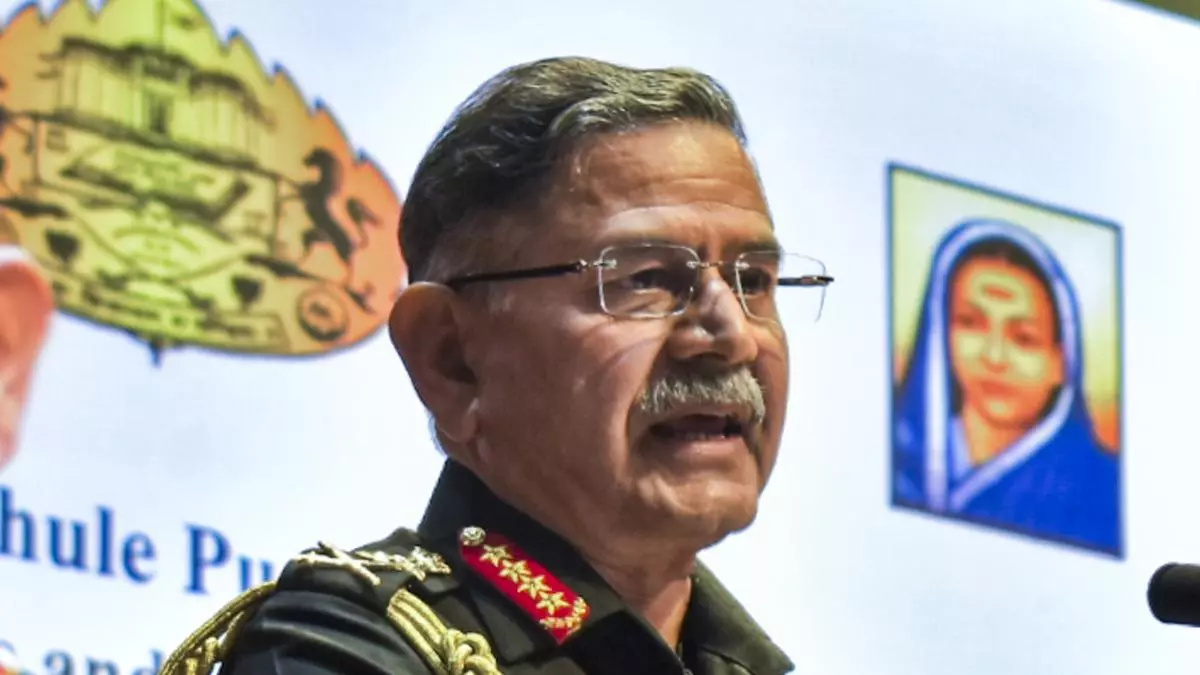Spanish Eurofighter Typhoon Jet Conducts First Test Flight with ECRS E-Scan Radar
A significant milestone has been achieved in Spain's military aviation capabilities with the successful test flight of a Spanish Eurofighter…
Goa Engineer Designs Phoenix Foot: A Game-Changing Prosthetic for Amputees
In a significant advancement for prosthetic technology, Goa-based engineer Gurvinder Singh has developed the Phoenix Foot, an innovative prosthetic designed…
Indian Army Inducts Indigenously Developed “Sabal 20” UAV for Enhanced Logistics in Challenging Terrain
In a significant advancement for military logistics, the Indian Army has officially integrated the “Sabal 20” unmanned helicopter, developed by…
North Korean Troops in Ukraine Facing Food Shortages Amid Intensifying Conflict
North Korean troops, who have reportedly been fighting alongside Russian forces in Ukraine for approximately five months, are now facing…
General Dwivedi Highlights Innovation’s Role in Indian Army’s Evolution at Inno-Yoddha Competition
In a recent address at Inno-Yoddha, an Idea and Innovation Competition organized by the Indian Army's Design Bureau, General Upendra…
Indian Army Advances 22 In-House Innovations for Production Following ‘Inno-Yoddha 2024-25’ Event
In a significant development for the Indian Army, 22 top in-house innovations are set to progress to production under the…

